Here’s the paradox of producing a healthy cookbook: the stress of it leads to cravings for all kinds of not-so-healthy things. Like, mac and cheese. Pizza, delivered. Spoonfuls of vanilla ice cream. Those chocolate coconut almonds from Trader Joe’s (have you tried them?!). I’m only human.
I’m in the thick of recipe writing now, and it’s tedious work. I think and re-think how to structure each recipe so it’s easy to understand. I wonder how much detail to include—will this tip help you along, or just complicate matters?
Such as, do you need to know the weight of apples used in a salad? (Leaning toward no.) Do I tell you how to toast the nuts in every recipe that calls for toasted nuts? (Leaning toward yes.) How do I best explain how to shape veggie burgers to someone who hasn’t made them before? So on and so forth.
I’m so in love with the recipes, though. I have 100 sweet little recipe babies, and I’m struggling to keep them all to myself until next spring. They’re also keeping me from spending as much time here as I’d like. Please forgive me if I’m slow to answer your comments—they’re so important to me, and it’s killing me that I can’t get to each one.
I decided to indulge my sugar craving with a citrusy winter cake. This olive oil cake has made a couple of appearances on the blog already (orange poppy seed and lemon blueberry), and it’s always tender, light and complex in flavor. This time, it’s a pretty pink blood orange cake with blood orange icing.
The only problem is that blood oranges don’t have a ton of flavor compared to other citrus, so it’s not as intensely citrusy as the pink frosting would suggest. The lemon and regular orange versions definitely pack more of a punch, so I thought I would present this cake as a design-your-own olive oil cake with tips on how to change it up. You can use any crazy variety of winter citrus you can find!
Here we go:
Use any variety of citrus here. The stronger the citrus flavor, the more it will shine through in the cake. You could use this recipe to make a lemon, orange (maybe Cara Cara?), lime (or key lime), grapefruit or clementine cake. Hell, you could probably make a kumquat cake if you really want to juice a bunch of kumquats. Keep in mind that the smaller the fruit, the more you will need for zesting and juicing.
Add mix-ins, if you’d like. I’ve added poppy seeds (up to 1/3 cup) before, or fresh or frozen blueberries (1 cup, tossed in flour to prevent them from sinking). I imagine that an equal amount of other small berries or sliced fruit would be great. I wish I had thought to add small segments of blood orange to this cake like Melissa Clark did here.
Top with glaze, if you’d like. This cake is lightly sweet and full of flavor as is. You can infuse it with even more fresh citrus flavor by brushing the warm cake with lightly sweetened citrus juice, like I did for my blueberry cake. (In a small bowl, whisk together 2 tablespoons citrus juice and 2 teaspoons honey or maple syrup—you might need to warm the mixture to get the honey to incorporate.)
Or, you can top it with a thicker glaze made with powdered sugar, like I did here (see recipe below). Whether you glaze or not, another option would be to layer candied citrus on top like Tessa did on this gorgeous pavlova.
Serve with or without accompaniments. I like slices as is, or with a scoop of vanilla ice cream, plain yogurt or whipped cream.
One last detail! Kristen, a registered nurse, informed me that blood oranges can have the same harmful interaction with medications that grapefruit can, so if you know you need to avoid grapefruit, please also avoid blood oranges!
Citrus Olive Oil Cake
- Author:
- Prep Time: 15 mins
- Cook Time: 55 mins
- Total Time: 1 hour 10 minutes
- Yield: 1 cake 1x
- Category: Dessert
This tender olive oil cake recipe is infused with fresh citrus flavor. This cake is really easy to make (no mixer required). I used blood orange here, but feel free to use lemon, orange or any fresh citrus fruit you’d like (see tips on how to change up this recipe above). Recipe yields 1 loaf cake.
Ingredients
Cake
- 1 ½ cups white whole wheat flour or regular whole wheat flour
- 2 teaspoons baking powder
- ¼ teaspoon salt
- 2 teaspoons citrus zest (I used 2 blood oranges here)
- ¼ cup fresh citrus juice
- 1 cup sugar (I used organic cane sugar)
- ¾ cup plain whole-milk yogurt
- 3 eggs
- ½ teaspoon pure vanilla extract
- ½ cup extra-virgin olive oil
Glaze (optional, see other ideas above recipe)
- ⅓ cup powdered sugar (here’s how to make your own)
- 2 to 3 teaspoons fresh citrus juice
Instructions
- Preheat the oven to 350 degrees Fahrenheit. Generously butter and flour an 8½ by 4¼-inch loaf pan. In a medium mixing bowl, whisk together the flour, baking powder and salt.
- Pour the sugar into another medium-sized mixing bowl. Use a Microplane to grate 2 teaspoons zest from your fresh citrus fruits and add it to the bowl. Rub the zest into the sugar until the sugar takes on the color and fragrance of the citrus.
- In a liquid measuring cup, measure out ¾ cup yogurt and squeeze in about ¼ cup citrus juice to yield 1 cup total liquid. Whisk the yogurt and juice, eggs and vanilla into the sugar mixture until well blended.
- Gently whisk the dry ingredients into the wet ingredients, just until incorporated. Switch to a spatula and fold in the oil, making sure it’s all incorporated. The batter will be shiny. Pour the batter into the prepared loaf pan and smooth the top.
- Bake the cake for 50 to 55 minutes, or until the top is golden and the sides start to pull away from the sides of the pan; a toothpick inserted into the center should come out clean.
- Let the cake cool in the pan for 10 minutes, then run a knife between the cake and the sides of the pan to loosen. Unmold the cake by placing a large plate upside down over the loaf pan and carefully turning them over. Carefully flip the cake back over and let it cool to room temperature.
- To make the glaze (optional): Measure the powdered sugar into a small bowl. Whisk in just enough blood orange juice to make a thick glaze that drizzles easily off your whisk when lifted. Drizzle the glaze back and forth over the cake. The glaze will need about 15 minutes to set, then it’s ready to slice and serve.
Notes
Recipe adapted from my Orange Poppy Seed Pound Cake and Blueberry Lemon Yogurt Cake.
Why buy organic? When you’re zesting citrus, it’s best to use organic fruit, in case the fruit has been treated with pesticides, etc.
Make it vegan: Readers report that flax eggs work well in place of the eggs in this recipe, and non-dairy coconut yogurt should work. Please let me know if you give that a try!
Storage suggestions: This cake keeps well at room temperature for a couple of days, a few days longer in the refrigerator, or up to a few months in the freezer.
▸ Nutrition Information
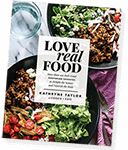
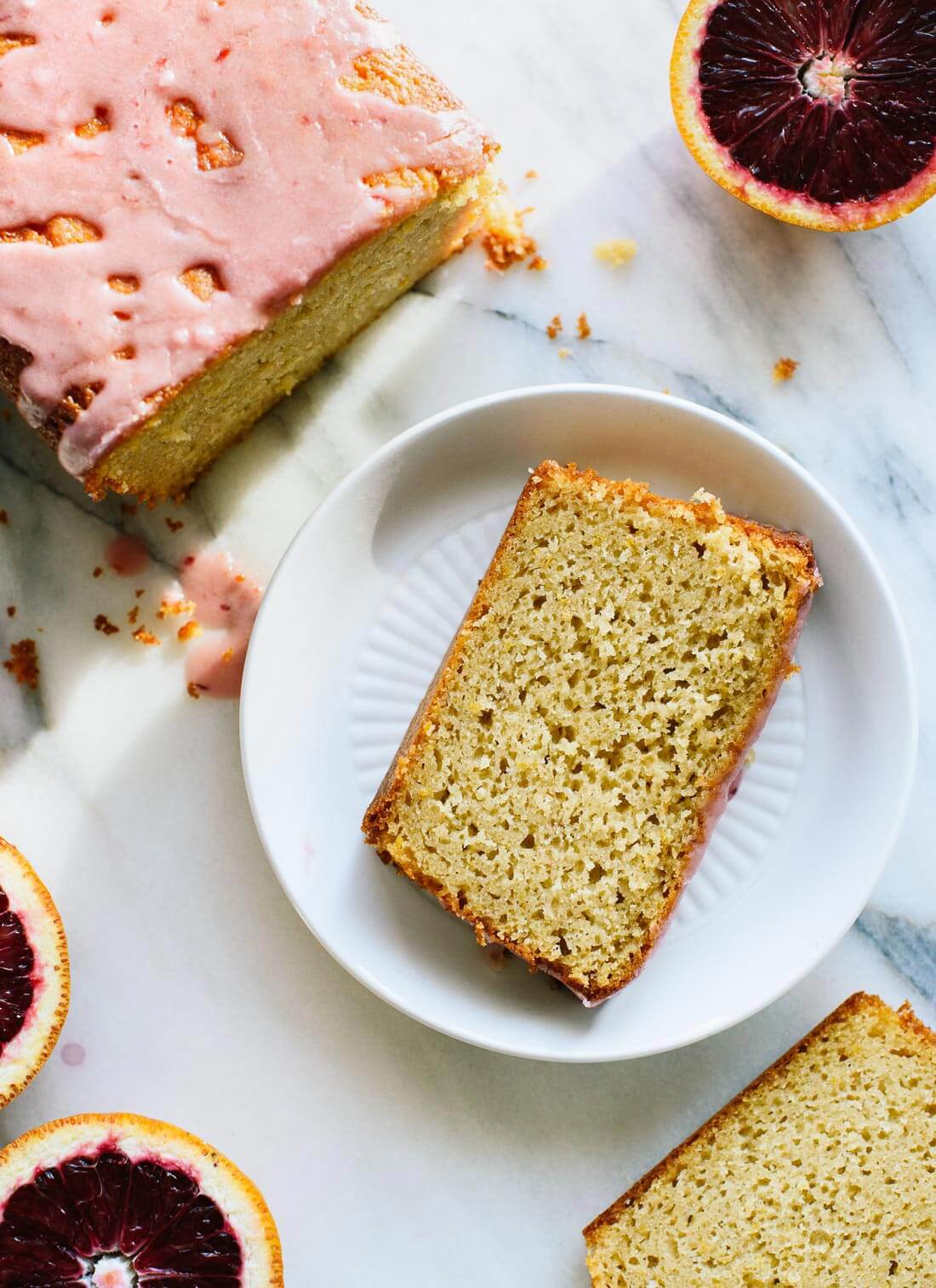
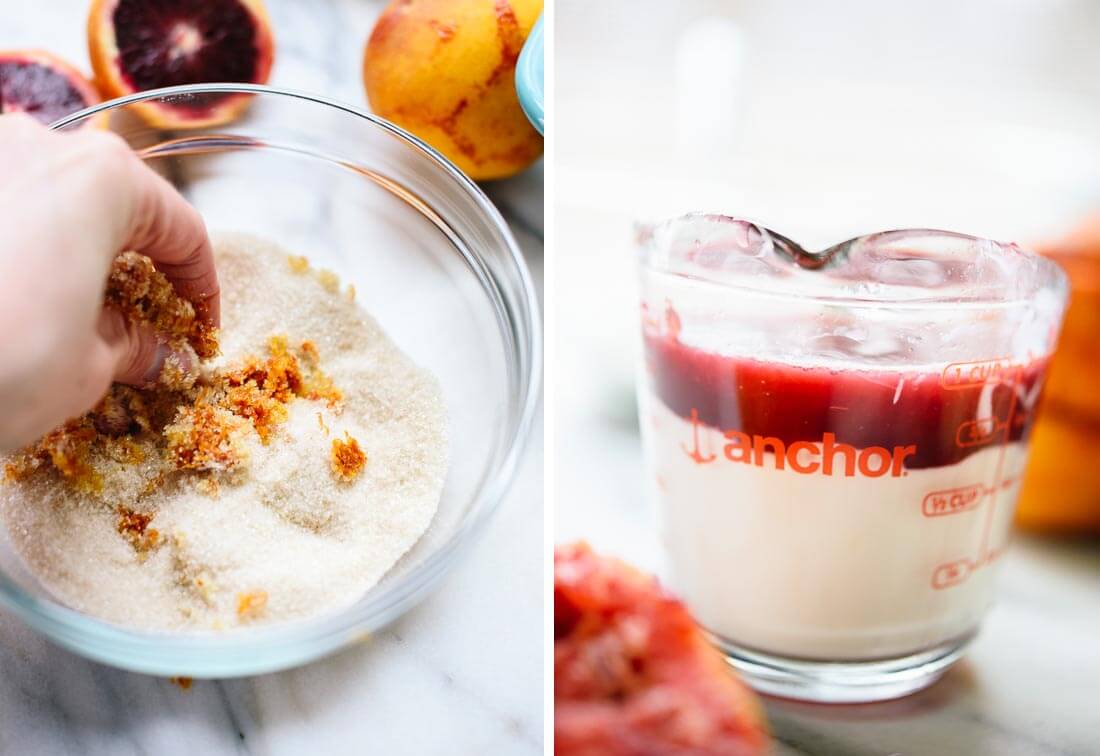
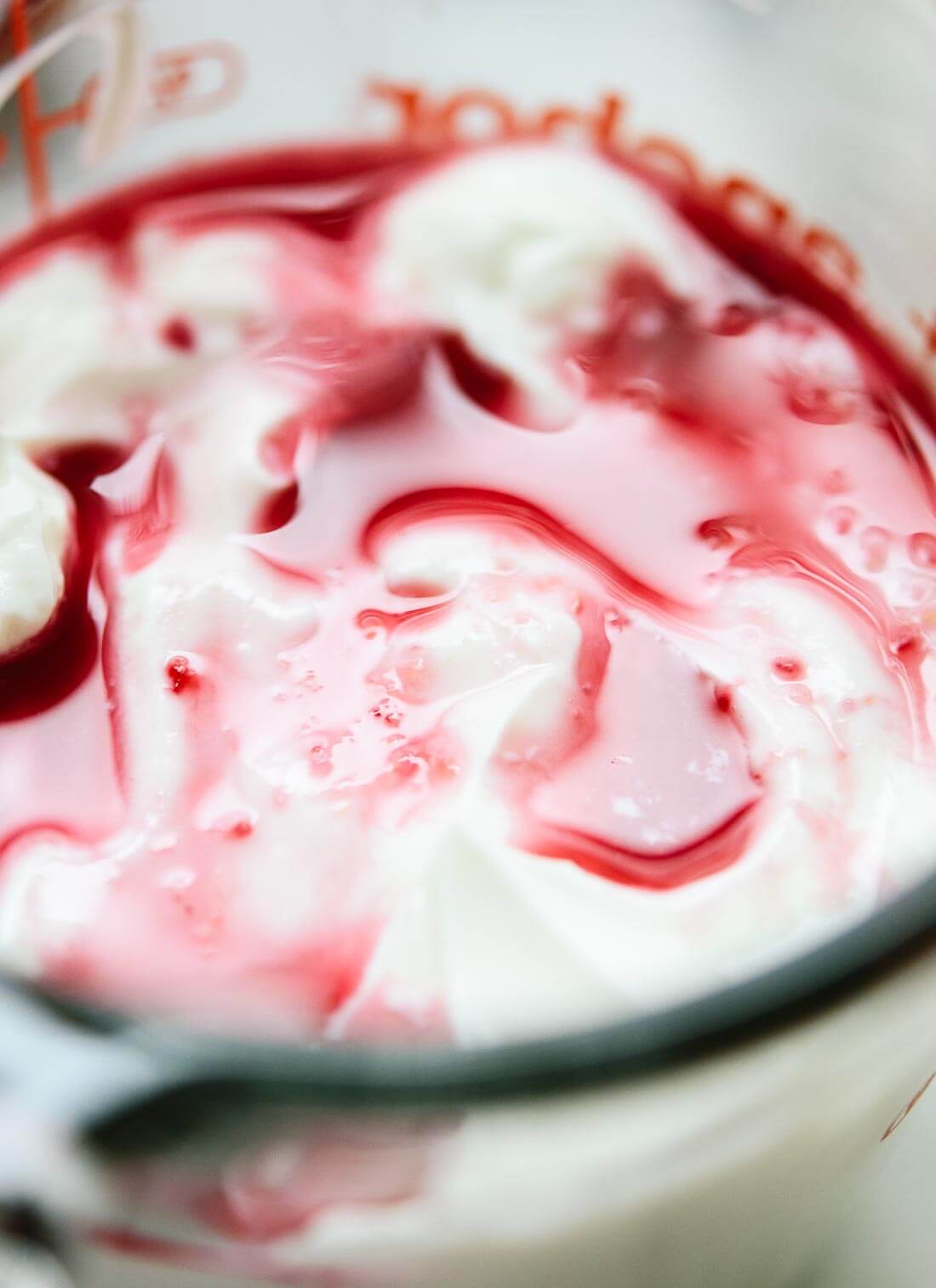
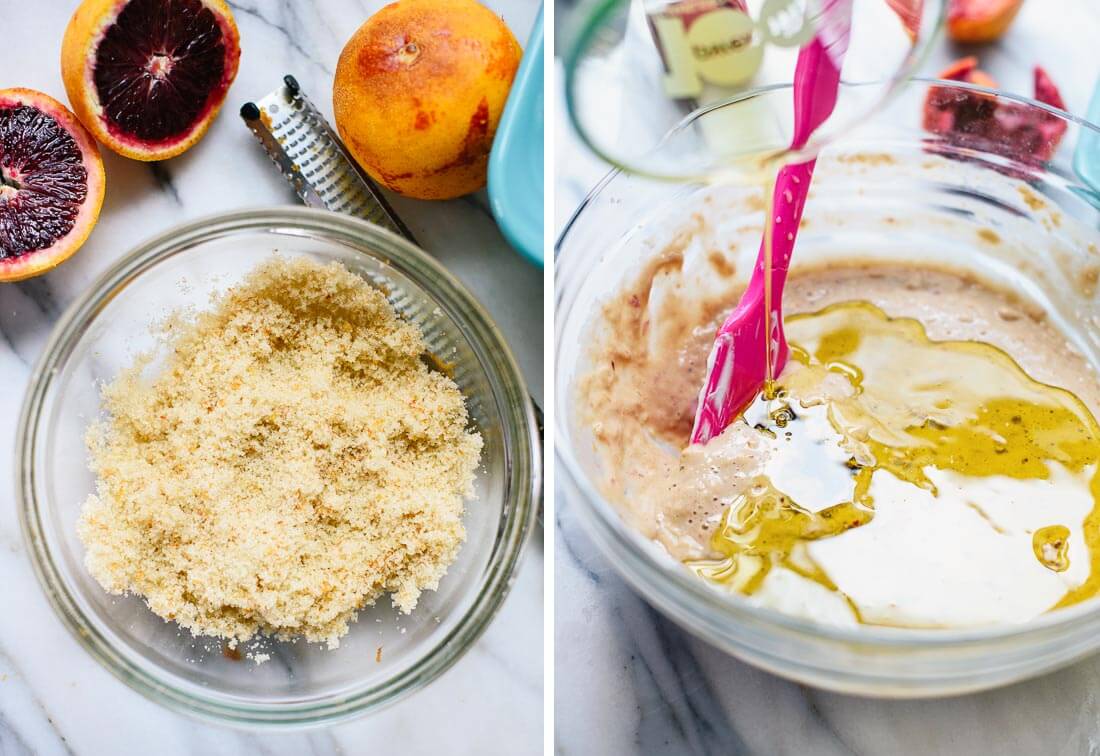
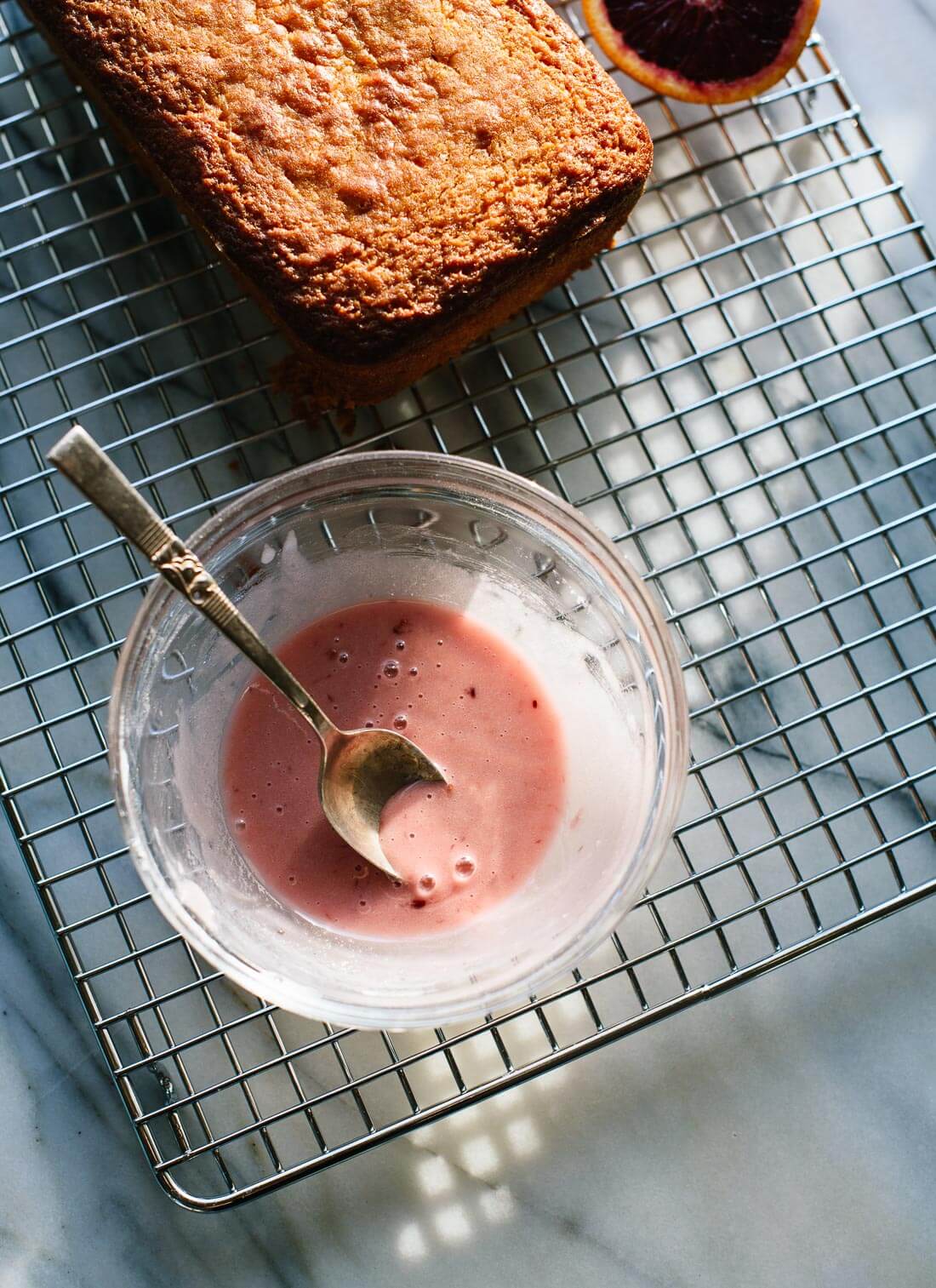




 Vegetable enthusiast. Dog lover. I'm probably making a big mess in my Kansas City kitchen right now.
Vegetable enthusiast. Dog lover. I'm probably making a big mess in my Kansas City kitchen right now. 

Laura
Hi, wonderful recipe and everyone loved it. Does your nutrition information include the frosting or without it? If so, how many calories is this cake without the frosting?
Thanks!
★★★★★
Kate
Hi! It includes all that is listed in the ingredients. I don’t have them separate, sorry!
Nancy
Hi Kate,
My 9yo daughter and I made this cake (using limes) for Easter. We have one of those Easter lamb tins inherited from my husband’s Polish Nana and every year I try a new recipe for it. It turned out great, yummy zingy flavour, moist and held up well coming out of the mould. Thanks for sharing your recipes.
★★★★★
Kate
Thank you for sharing, Nancy! I’m happy to hear that.
Tove
Hi,
Do you know if this enough batter to bake in a 9 inch spring form pan or similar? Has anyone tried this?
Stephanie
So good! I made it with half blood orange/half lemon and it was a great afternoon project.
★★★★★